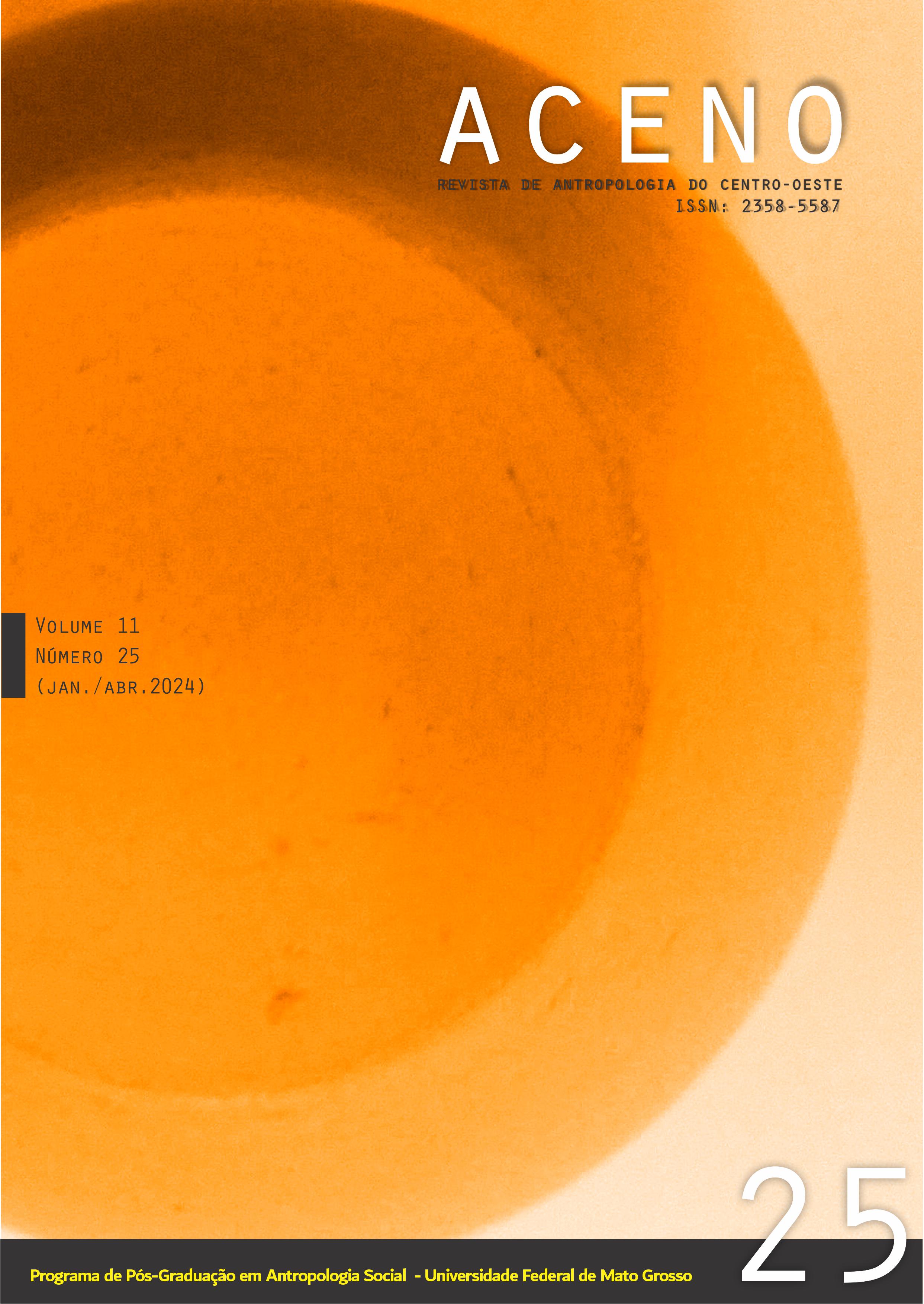Aproximações etnoarqueológicas: experiências com o povo indígena Kayabi do Vale do Arinos, Amazônia mato-grossense.
DOI:
10.48074/aceno.v11i25.15982Abstract
This article presents results of ethnographic research and atnoarchaeological approaches to fragments of the archaeological heritage of the Vale do Arinos region, Mato Grosso Amazonia, from the Vale do Arinos Museum. It was mainly analyzed the self-identified pottery by the Kayabi ethnic group and the social memory of this indigenous group. For the epistemological treatment, elements published by other researches were considered, as well as with some literature about this people from the Northwest of Mato Grosso. Initial analyzes suggest that the ceramic artifacts accessed are part of the Kayabi material culture. The Kayabi pottery, from the group that inhabits the Vale do Arinos, ceased to be produced a long time ago, causing a concern, which also motivated this manuscript. In the Tatuí village, the main village of the Kayabi group in the Arinos Valley, there are very few elders who keep in their memory the production processes of traditional Kawaiwete and Tatuê pottery, but they argue that the appropriate clay is what exists in the Batelão region, their ancestral birthplace. , also located in the Arinos Valley, currently inaccessible due to the presence of guaxebas (gunmen). Thus, this text intends to offer an answer about ceramic archaeological artifacts found in the Arinos Valley.
Downloads
Published
Issue
Section
License
As autoras ou autores cedem gratuita e automaticamente à Revista ACENO os direitos de reprodução e divulgação dos trabalhos publicados.














